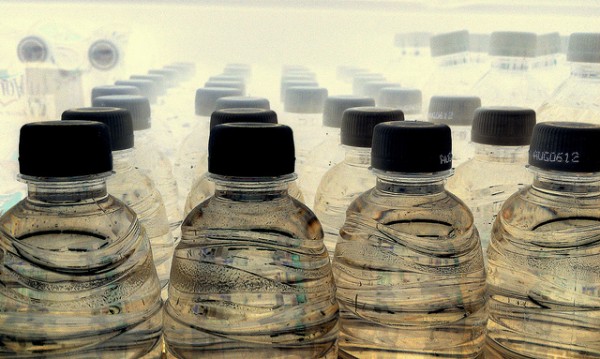
More people are talking about the dangers of lead poisoning public water systems—and children. Public water systems are not the only way to be exposed to lead poisoning, however; the human body can ingest lead through paint chips, gasoline exhaust, and industrial processes. Previous research on environmental health hazards has illustrated that a person’s neighborhood (a product of class factors) best predicts their risk of being exposed to these dangers. Studies also show that predominantly black or white neighborhoods experience different levels of environmental health hazards. Now, writing in the Sociology of Race and Ethnicity, Heather Moody, Joe T. Darden, and Bruce William Pigozzi demonstrate the significance of class and race in black-white gaps in childhood blood-lead-levels (BLLs).
The authors use Census data from the Detroit metropolitan area alongside Michigan Medicaid data to examine black and white childhood BLLs. Drawing on a sample of over 160,000 children, the authors compare BLLs between black and white children of the same age across socioeconomic positions. As expected, children of all races had lower BLLs the higher their class. Unexpectedly, however, the authors find gaps in BLLS by race that grow with class. The gap between black and white childhood BLLs is very low among the poorest, but rises in more affluent neighborhoods.Some ideas to explain this paradox include the possibility that black families may be relegated to older or less desirable houses within wealthier neighborhoods (infamous historical “redlining” comes to mind). Thus, even though class is a strong predictor of your risk for lead exposure, race still plays an important role. These findings also challenge assumptions that class mobility can erase racial inequality absent other interventions.

Comments